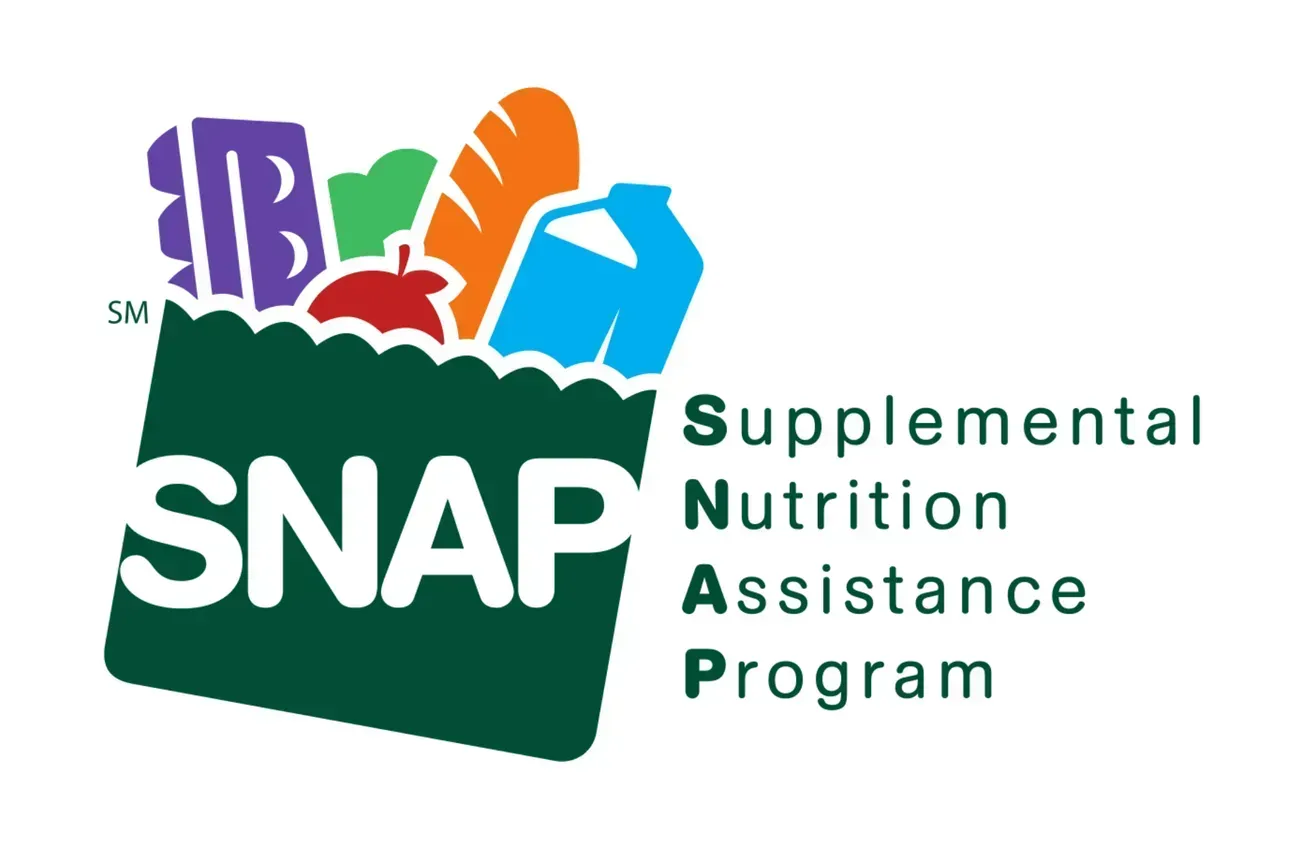WOONSOCKET, R.I. — CVS Health posted mixed results for the third quarter, exceeding Wall Street's forecast for revenue but falling short of profit estimates as increased medical costs hurt the bottom line.
Adjusted earnings per share of $1.09 missed analysts' prediction of $1.51, while revenue of $95.43 billion surpassed the expected $92.75 billion. Revenue rose 6.3% from a year earlier.
“Our integrated model accelerates our ability to uniquely do what is most important to today’s health care consumers: deliver lower cost of care, a simpler experience and better outcomes," said new president and CEO Dave Joyner. "Our third quarter results reflect strong performance in the Health Services and Pharmacy & Consumer Wellness segments, and also highlight the continued need to work across our enterprise and address macro challenges to the Health Care Benefits segment. My commitment to our CVS Health colleagues and our customers is to drive focused execution of our integrated strategy to improve the health of the 185 million people we are privileged to serve.”
Net income for the three months ended September 30 was $71 million, or 7 cents per share, compared to $2.27 billion, or $1.75 per share, in the year-ago period.
Operating income decreased 77.5% to $832 million, primarily due to a decrease in adjusted operating income and restructuring charges of approximately $1.2 billion recorded in the current year.
Adjusted operating income decreased 42.8% driven by a decline in the Health Care Benefits segment, primarily due to increased utilization and premium deficiency reserves recorded in the third quarter of 2024 related to anticipated losses in the fourth quarter of 2024, partially offset by increases in the Health Services and Pharmacy & Consumer Wellness segments.
Interest expense increased $59 million, or 8.5%, due to higher debt in the three months ended September 30, 2024, primarily driven by long-term debt issued in May 2024.
The effective income tax rate increased to 32.4% compared to 25.0% primarily due to lower pre-tax income in the three months ended September 30, 2024 compared to the prior year.
During the quarter the company finalized an enterprisewide restructuring plan intended to streamline and simplify the organization, improve efficiency and reduce costs. It recorded restructuring charges of approximately $1.2 billion, comprised of a $607 million store impairment charge for additional retail pharmacy stores it plans to close in 2025, $293 million of costs associated with corporate workforce optimization, including severance and employee-related costs, and $269 million of other asset impairments and related charges associated with the discontinuation of certain non-core assets.
Health Care Benefits segment
Total revenues increased 25.5% compared to the prior year driven by growth in the Medicare and Commercial product lines.
The company recorded premium deficiency reserves of approximately $1.1 billion, primarily in its Medicare and individual exchange product lines related to anticipated losses for the 2024 coverage year. The $1.1 billion premium deficiency recorded was comprised of $394 million of operating expenses related to the write-off of unamortized acquisition costs and $670 million of health care costs.
The segment had an adjusted operating loss of $924 million compared to adjusted operating income of $1.5 billion in the prior year. The change was primarily driven by increased utilization, the approximately $1.1 billion of premium deficiency reserves described above, the impact of higher acuity in Medicaid following the resumption of redeterminations and the unfavorable impact of the previously disclosed decline in the Company's Medicare Advantage star ratings for the 2024 payment year. These decreases were partially offset by an increase in net investment income.
The MBR increased to 95.2% compared to 85.7% in the prior year driven by increased utilization, the $670 million (220 basis points) of premium deficiency reserves recorded as health care costs described above, higher acuity in Medicaid and the unfavorable impact of the Company's Medicare Advantage star ratings for the 2024 payment year.
Medical membership as of September 30 of 27.1 million was up 178,000 members from June 30, reflecting increases in the Commercial and Medicare product lines.
Prior years' health care costs payable estimates developed favorably by $788 million during the nine months ended September 30, 2024. This development is reported on a basis consistent with the prior years' development reported in the health care costs payable table in the Company's annual audited financial statements and does not directly correspond to an increase in 2024 operating results.
Days claims payable were 44.6 days as of September 30, 2024, a increase of 1.5 days compared to June 30, 2024. The increase was primarily driven by the impact of the premium deficiency reserves recorded as health care costs described above.
The Centers for Medicare & Medicaid Services ("CMS") released the company's 2025 star ratings in October. The company's 2025 star ratings will be used to determine which of the company's Medicare Advantage plans have ratings of four stars or higher and qualify for bonus payments in 2026. Based on the Company's membership as of September 2024, 88% of the Company's Medicare Advantage members were in plans with 2025 star ratings of at least 4.0 stars, compared to 87% of the Company's Medicare Advantage members being in plans with 2024 star ratings of at least 4.0 stars based on the Company's membership as of September 2023.
Health Services segment
Total revenues decreased 5.9%, primarily because of the previously announced loss of a large client and continued pharmacy client price improvements. These decreases were partially offset by pharmacy drug mix, increased contributions from the company's health care delivery assets and growth in specialty pharmacy.
Adjusted operating income increased 17.4%, primarily driven by improved purchasing economics, partially offset by continued pharmacy client price improvements and the previously announced loss of a large client.
Pharmacy claims processed decreased 16.5% on a 30-day equivalent basis, reflecting the previously announced loss of a large client.
Pharmacy & Consumer Wellness segment
Total revenues increased 12.3%, primarily driven by increased prescription volume, including increased contributions from vaccinations, and pharmacy drug mix. These increases were partially offset by continued pharmacy reimbursement pressure, the impact of recent generic introductions and decreased front store volume, including the impact of a decrease in store count.
Adjusted operating income increased 14.9%, primarily driven by increased prescription volume, including increased contributions from vaccinations, as well as improved drug purchasing. These increases were partially offset by continued pharmacy reimbursement pressure and decreased front store volume.
Prescriptions filled increased 6.0% on a 30-day equivalent basis, primarily driven by increased utilization.
Same-store prescription volume increased 9.1% on a 30-day equivalent basis.







